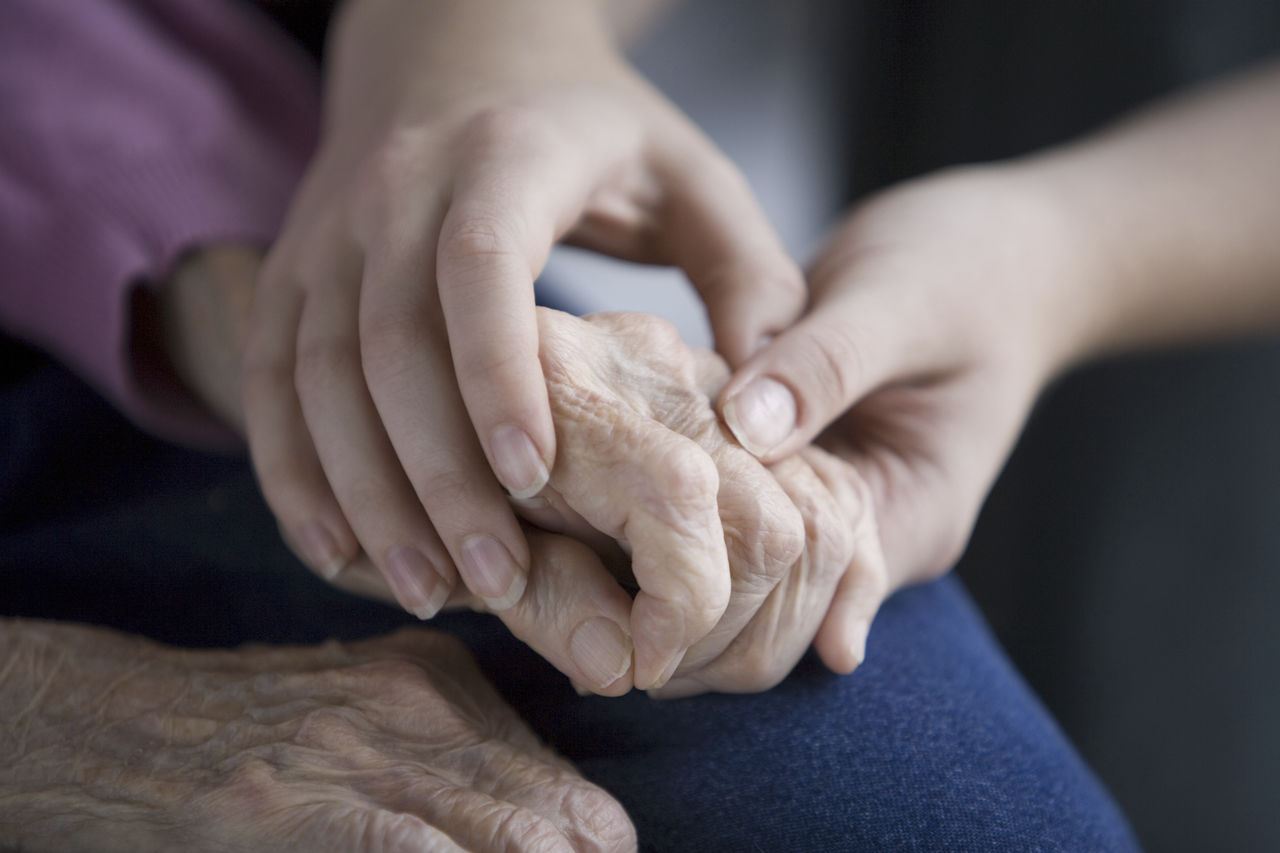AARP Hearing Center

Marge Stoneking is the Associate State Director for Advocacy at AARP Alaska. Marge has more than two decades in non-profit leadership in Alaska, with strong advocacy and volunteer engagement experience with American Lung Association and Girl Scouts. She is interested in social determinants of health and equity issues and is an active community volunteer.
Providing care to a loved one can be mentally, physically, and emotionally challenging. Policymakers should make finding and providing care easier for family caregivers and better incorporate and recognize family caregivers and their vital role as part of Alaska’s long-term care network.
By 2034, adults age 65 and older will outnumber children under the age of 18 for the first time. The share of available family caregivers is projected to continue shrinking relative to the number of older adults who may need long-term care. In addition, family caregivers will continue to face the dual demands of employment and caregiving responsibilities, which often include caring for both an older adult and children simultaneously.
Direct care workforce shortages, exacerbated during the pandemic, have resulted in more hours of care and higher-intensity care by family caregivers. Medicaid Home- and Community-Based Services (HCBS) includes a wide range of services and supports provided at home, but that system is threatened by a workforce crisis. Much of the work of HCBS is performed by direct care workers, including personal care aides, home health aides, and direct support professionals. Alaska is experiencing a severe workforce shortage in these areas, impacting access to home services for people with disabilities and the elderly and their ability to avoid costly institutional care.
AARP is pushing this year to turn the National Strategy to Support Family Caregivers into action that provides meaningful, tangible outcomes and support for family caregivers. The National Strategy, delivered to Congress last September, stemmed from the RAISE Family Caregivers Act, which was championed by AARP. The National Strategy highlights nearly 350 actions that the federal government will take and more than 150 that can be adopted by stakeholders and other levels of government to give family caregivers the help they need.
Right now, AARP Alaska is urging state policymakers to implement a Participant-Directed Care system. This is a flexible alternative to “traditional” Home & Community Based Services, in which a person receives services from a worker employed by a home care agency and the person generally has less control over how his or her services are delivered. With Participant-Directed Care, the care recipient can directly hire a friend or family member to provide needed support with activities of daily living.
Paid family caregiving through participant-direction addresses multiple needs: the person who needs care can age in place among friends and family; the family caregiver can earn modest income for the difficult work he or she performs, which lessens the impact of the caregivers’ lost job hours for the caregiver and the larger economy; the homecare workforce is expanded; it prolongs the use of lower-cost HCBS while delaying or avoiding costly institutionalization.
The unpaid work provided by family caregivers is valued at an estimated $600 billion, nationwide according to the latest report in AARP's Valuing the Invaluable series. This is a $130 billion increase in unpaid contributions from family caregivers since the last report was released in 2019. The economic impact of $600 billion is more than all out-of-pocket spending on health care in the U.S. in 2021.
Family caregivers in Alaska provide an estimated 88 million hours of care for older parents, spouses, and other loved ones each year. In 2021, care provided by unpaid family caregivers in Alaska was valued at $1.7 billion. 94,000 Alaskans are now family caregivers. This represents a significant increase since pre-COVID, setting Alaska apart from the nationwide trend of fewer family caregivers in the same period. While we don’t conclusively know why Alaska is bucking the nationwide trend, it’s likely driven by our rapidly aging population, the fastest-growing per capita senior population in the nation, as well as the severity of our direct care workforce crisis.
AARP is continuing to push for policy changes that will give family caregivers the financial, emotional and social support they need to care for family and friends, as well as a flexible system that supports our elders in aging in place.
To read the full report and methodology, aarp.org/valuing. Resources and information on family caregiving are available at aarp.org/caregiving.































































